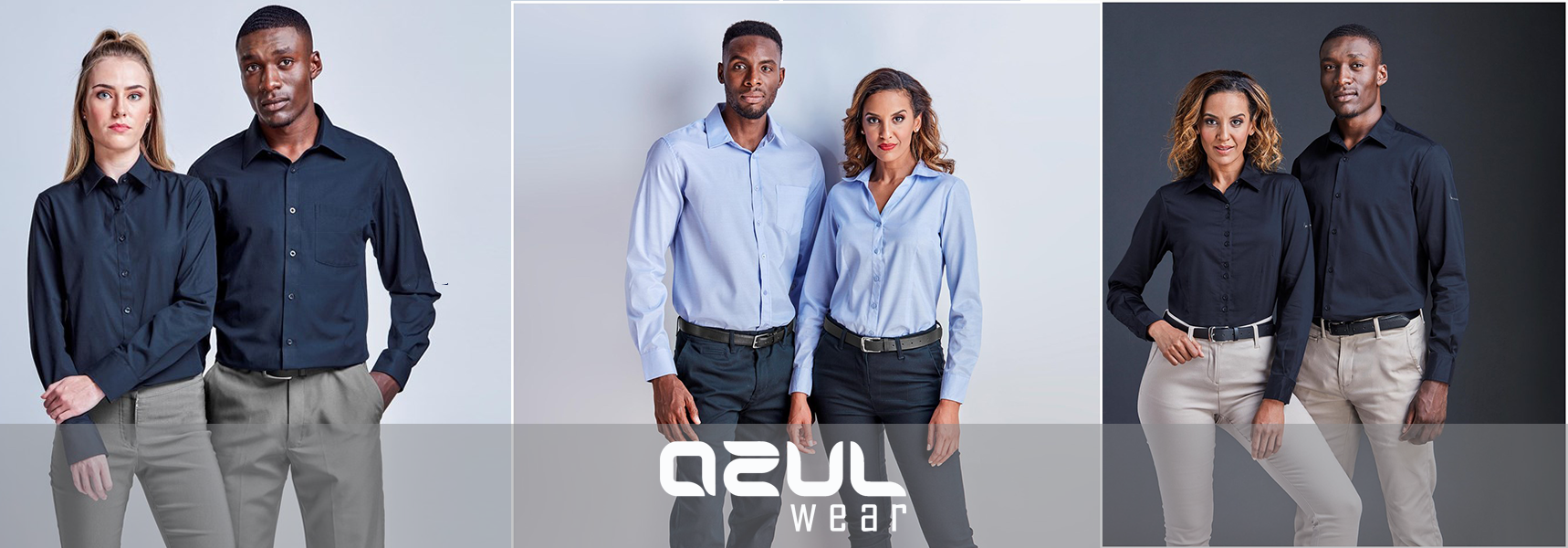How Branded Clothing Uses Fabric to Match Season and Occasion
How Branded Clothing Uses Fabric to Match Season and Occasion
Blog Article
Understanding Clothing: The Value of Fabric Selections in Your Closet
The selection of material in clothes plays a critical duty in both aesthetic appeals and capability. Different products offer varying degrees of breathability, comfort, and sturdiness, straight influencing the wearer's experience. Recognizing these subtleties can enhance one's wardrobe markedly. Yet, several neglect just how these selections can influence not simply individual style, yet also sustainability. What textile choices could redefine your wardrobe and straighten it with both style and responsibility?
The Role of Material in vogue and Functionality

Usual Textile Types and Their Characteristics
When choosing clothing, comprehending the characteristics of usual textile types is essential for making notified options. Cotton, a widely-used natural fiber, is recognized for its breathability, softness, and adaptability, making it ideal for sportswear and daily garments. Bed linen, one more natural choice, flaunts exceptional moisture-wicking residential properties and a distinctive structure, perfect for cozy climates.Wool, commonly preferred for its warmth and sturdiness, differs in excellence; merino woollen is soft against the skin, while coarser kinds are made use of for outerwear. Synthetic fabrics like polyester and nylon offer resilience and resistance to wrinkles, making them preferred for activewear and travel garments. Blends, which combine artificial and all-natural fibers, can improve performance while preserving convenience. By acknowledging these material characteristics, people can choose apparel that aligns with their way of living and aesthetic preferences.
Breathability and Convenience: Choosing the Right Fabrics for Various Climates
Picking the right textiles for different climates can greatly enhance comfort and general wearability. Breathable materials are necessary in hot environments, as they enable air flow and moisture evaporation. Fabrics such as cotton, bed linen, and moisture-wicking synthetics properly attract sweat far from the body, keeping the wearer cool and dry. Conversely, in colder climates, thicker fabrics like woollen or fleece provide insulation while retaining breathability, making certain warmth without overheating.Additionally, the selection of textile weight plays an important function; lightweight materials are more effective for summer, whereas much heavier options are matched for winter season wear. Comprehending the distinct residential properties of each textile allows people to clothe suitably for differing weather. Eventually, picking breathable and comfortable textiles tailored to specific environments can greatly enhance everyday comfort and improve the total experience of wearing clothing.
Sturdiness and Care: How Fabric Influences Longevity of Your Wardrobe
Choosing the appropriate products can significantly affect the resilience and treatment requirements of a wardrobe. Fabrics such as cotton and polyester are understood for their strength and simplicity of maintenance, making them ideal for everyday wear. In comparison, fragile materials like silk and shoelace require even more cautious handling and specialized cleansing techniques, which can raise the time and effort needed for care. Branded Clothing.Durability is likewise influenced by the textile's weave and surface; securely woven materials have a tendency to withstand damage better than freely woven options. Additionally, synthetic blends usually provide improved durability, integrating the most effective qualities of multiple fibers.Understanding the care instructions for each material is essential, as improper washing or drying can lead to early wear. Ultimately, selecting sturdy products can cause a longer-lasting closet, reducing the regularity of replacements and contributing to a much more sustainable style choice
The Impact of Textile on Fit and Shape

Sustainable Textile Choices: Making Eco-Friendly Decisions
The impact of textile expands beyond fit and silhouette to include ecological factors, triggering an expanding interest in lasting material options. Eco-friendly fabrics, such as natural cotton, hemp, and Tencel, are acquiring grip amongst customers that focus on sustainability in their wardrobes. These materials are commonly generated with fewer chemicals and water, reducing their eco-friendly footprint.Additionally, recycled materials, made from post-consumer waste, provide a cutting-edge remedy to the textile market's pollution trouble. Brands increasingly welcome transparency in their sourcing techniques, allowing customers to make educated choices regarding their purchases.Choosing lasting fabrics not only sustains moral techniques but also urges the fashion business to take on more responsible manufacturing methods. As awareness of ecological concerns increases, people are urged to review the long-term influence of their fabric options, fostering a movement in the direction of a more sustainable and environmentally aware approach to fashion.
Elevating Design: How Fabric Can Change an Outfit
While several might concentrate on shade and cut when picking an outfit, the option of material plays an important duty in elevating style and boosting total look. Various materials communicate distinct moods and messages; for example, silk exhibits luxury and refinement, while jeans uses a laid-back, unwinded vibe. The texture and drape of a textile can drastically change the silhouette, with organized fabrics giving a refined look and softer ones producing a more fluid, relaxed aesthetic.Moreover, the weight of the material affects wearability throughout periods. Light-weight textiles like bed linen and cotton are excellent for summer season, while larger products such as woollen and velour supply warmth and elegance in chillier months. Recognizing material homes, such as breathability and stretch, likewise empowers individuals to make educated options that improve comfort without endangering design. Eventually, the best fabric can transform an attire from normal to amazing, making it an important factor to discover here consider in any kind of closet.
Regularly Asked Inquiries
Exactly how Do I Recognize the Material Material of My Clothes?
To identify material web Branded Clothing content, one can analyze care tags, conduct melt examinations for fiber recognition, or seek advice from fabric examples. These methods aid distinguish materials, ensuring educated choices for garments care and maintenance in day-to-day wear.
Can Textile Selection Affect My State Of Mind or Self-confidence?
Fabric choice can substantially affect an individual's state of mind and self-confidence. Branded Clothing. Specific materials might stimulate feelings of convenience or style, while others can feel limiting or unflattering, eventually affecting self-perception and emotional health throughout the day
What Fabrics Are Ideal for Delicate Skin?
For people with sensitive skin, all-natural textiles like bed linen, cotton, and bamboo are commonly recommended. These materials are breathable, hypoallergenic, and less likely to trigger irritability, making them appropriate selections for comfort and skin wellness.
How Do I Correctly Wash and Take Care Of Various Fabrics?
To correctly care and wash for different fabrics, one have to take into consideration each material's details demands, including temperature level settings, detergents, and drying out methods, making sure longevity and preserving the fabric's original qualities for excellent use.
Are There Certain Fabrics for Athletic or Performance Put On?
Sports or performance wear commonly uses materials such as polyester, spandex, and nylon. These materials are developed for moisture-wicking, breathability, and versatility, boosting activity and convenience during exercises while providing longevity and support. Alternatively, in chillier environments, thicker materials like woollen or fleece supply insulation while retaining breathability, making certain heat without overheating.Additionally, the choice of fabric weight plays an essential duty; lightweight materials are better for summertime, whereas much heavier choices are matched for winter season wear. In contrast, fragile materials like silk and shoelace call for even more careful handling and specialized cleansing methods, which can boost the time and initiative needed for care.Durability is likewise affected by the textile's weave and coating; securely woven fabrics have a tendency to stand up to wear and tear far better than loosely woven choices. In contrast, rigid materials can limit activity yet supply a traditional, polished look.Moreover, the thickness and texture of the textile can influence the aesthetic perception of body shape. The effect of fabric extends past fit and shape to incorporate environmental elements, triggering an expanding passion in lasting textile options. The texture and drape of a fabric can substantially change the silhouette, with organized textiles offering a refined appearance and softer ones producing a more fluid, unwinded aesthetic.Moreover, the weight of the textile influences wearability across periods.
Report this page